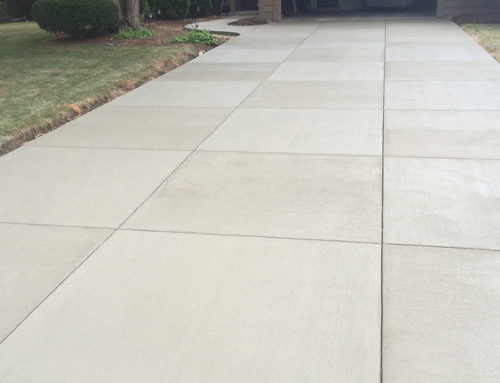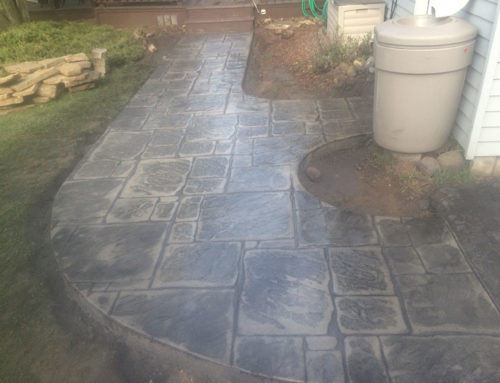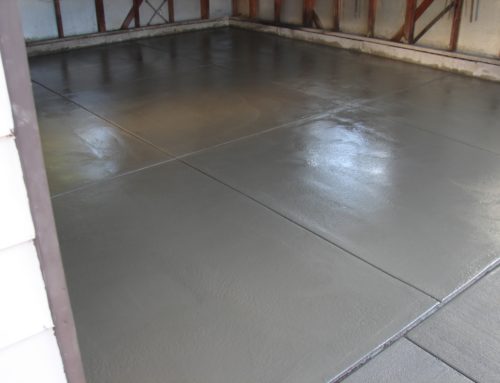Retaining walls are an excellent way to improve the look and value of your property. Not only does it enhance your home’s curb appeal, but it also helps control soil erosion and flooding.
If you’re looking to add elegance and sophistication to your landscape, retaining walls might just be the structure you need. In addition to the type of retaining walls chosen, another major characteristic is the type of material used to construct it. Try matching the material of your retaining walls to your porch steps to create a seamless look.
Interested in getting a head start on your summer to-do list? Read on to learn about common build materials available for retaining walls.
Concrete Retaining Wall Material
When it comes to material for retaining walls, concrete tends to be the most popular and is quite reliable. Both poured concrete and concrete blocks are extremely durable and able to withstand any loads. Concrete’s design and durability allow it to be flexibly constructed into complex shapes. Some other benefits of concrete include:
- Low maintenance
- Easy installation
- Variety
Brick Material
Brick is another popular building material for retaining walls. Unlike concrete, bricks feature a warm and inviting appeal. In addition, brick has the ability to complement traditional homes and landscapes. Here are the pros and cons of brick retaining walls:
Pros
- Weather resistant
- Durable
- Retains color
Cons
- Price
- Lacks flexibility
- Low variety of colors compared with other materials
Wood Retaining Walls
Wood is a more affordable type of material, so it’s good for homeowners looking to do their own retaining wall DIY projects. Similar to brick, wood provides a sense of comfort and warmth. However, it differs in that brick lacks the strength to handle the weight of complex projects. Wood also has a limited lifespan of about 20 years, so proper maintenance is important. Despite this, the natural look and ease of installation for wood material make it worth the lower price.
Timber Retaining Wall Material
Also affordable and durable material for a DIY project, timber is a good looking wood that can bring out the charm in your yard. Despite the similar look of wood and timber, they are not the same building material.
Timber can either be rough or finished. Finished timber is the wood that has been processed and cut into different sizes. In short, the finished pieces of finished timber can be bought and used immediately in projects without needing much cutting or shaping.
Natural Stone
Natural stone has the ability to retain all the good qualities of other types of stones, while still allowing you to have a variety of design options. Add depth and texture to your landscape by matching the color of the stone to your house. This flexibility is a great way to use nature to your advantage.
Furthermore, you don’t need any special connection or mortar to keep the construction together. However, natural stone is a bit more expensive and drainage can become a serious problem after a few years.
Want a Free Estimate?
There are so many options available for retaining wall materials. Most materials allow for easy construction, so homeowners have the ability to build a strong wall. Not a fan of DIY? No problem! At JBS Construction, we know how to bring your ideas to life. We work hard to create a distinct and unique look for your home or business. Better yet, our customizable service model means that we can work within any budget.
Whether you’re looking for the natural look of stone, the classic look of brick, or something completely different, we can help you find the right concrete elements for your landscape. Contact JBS Construction today!





